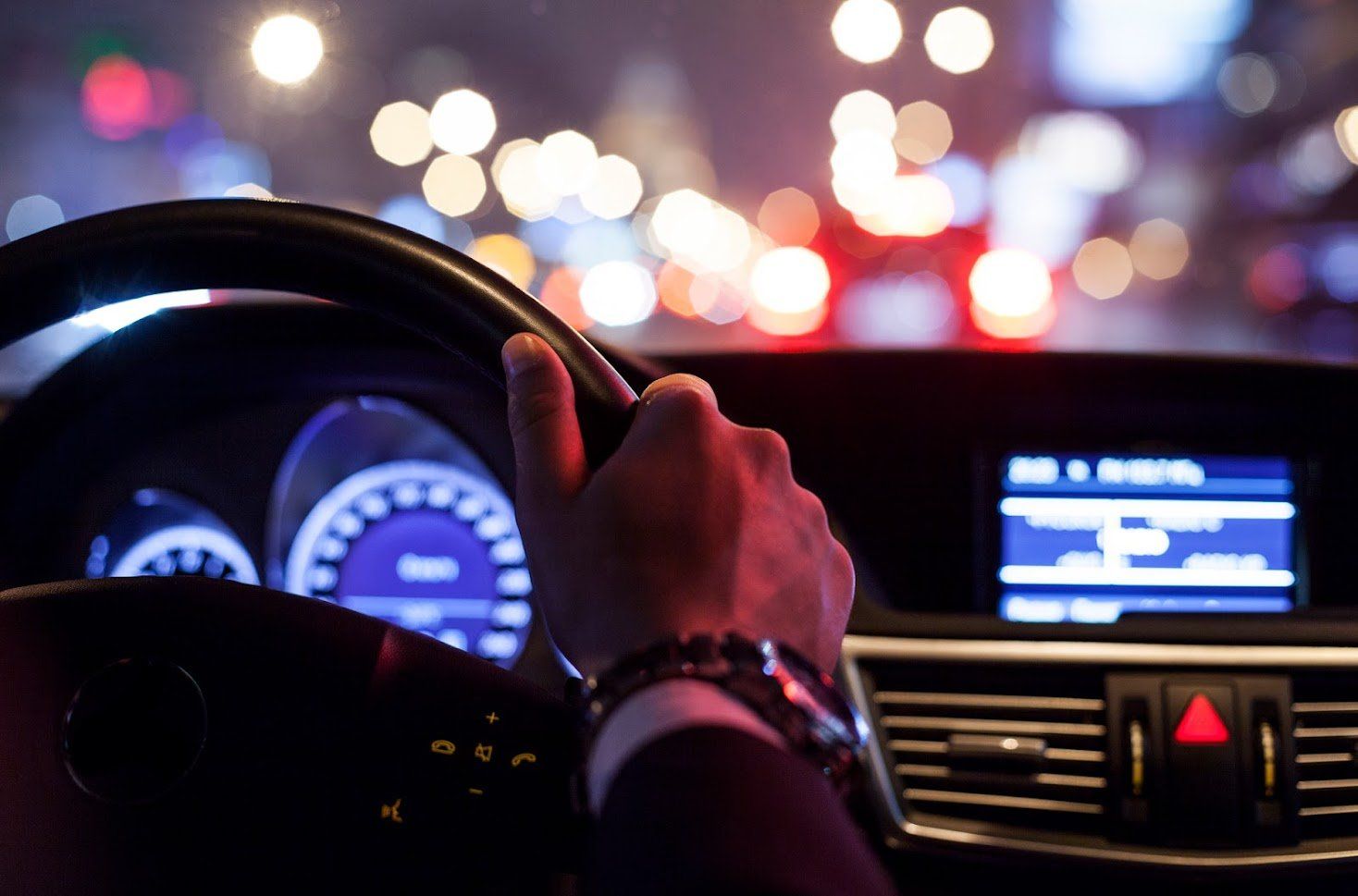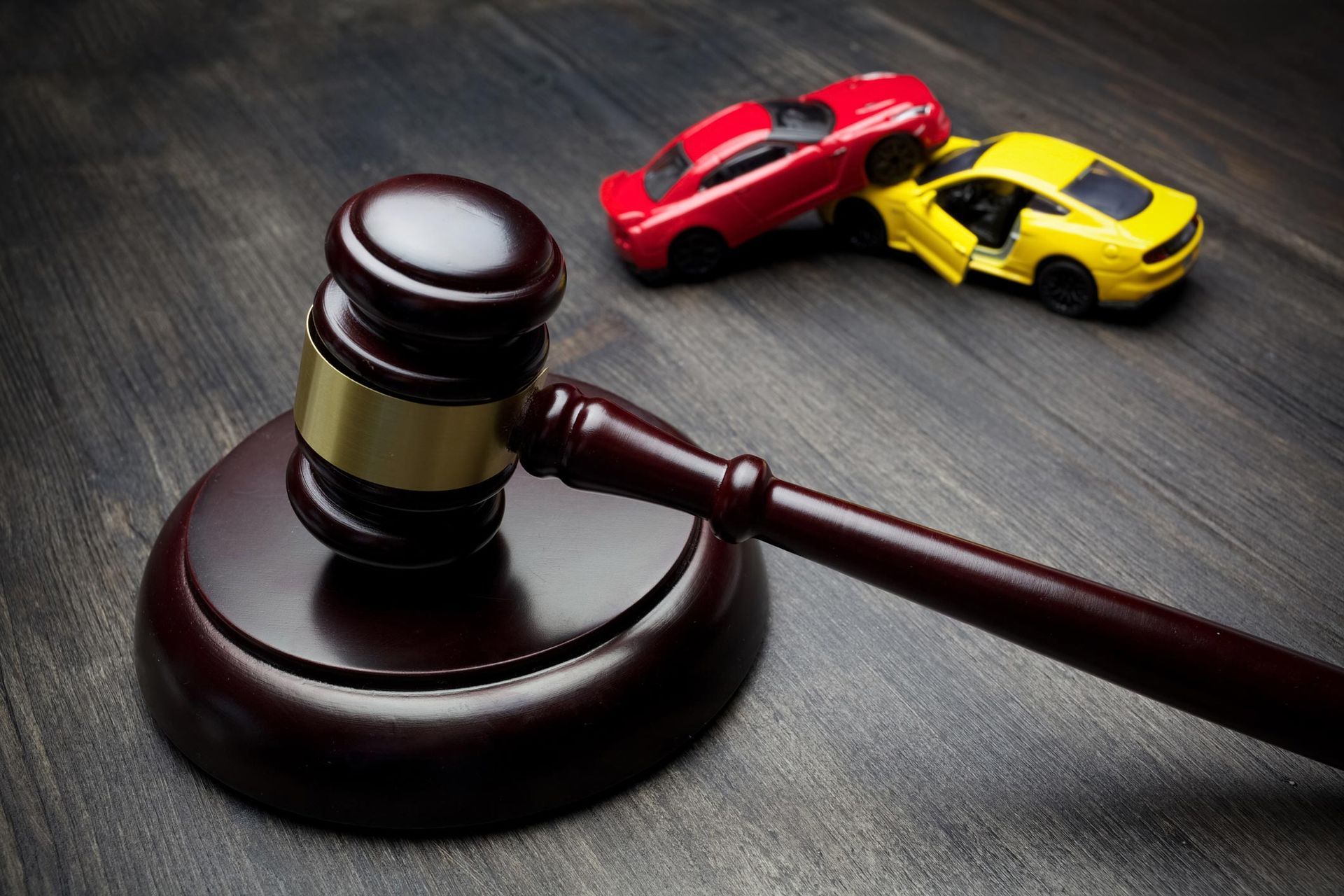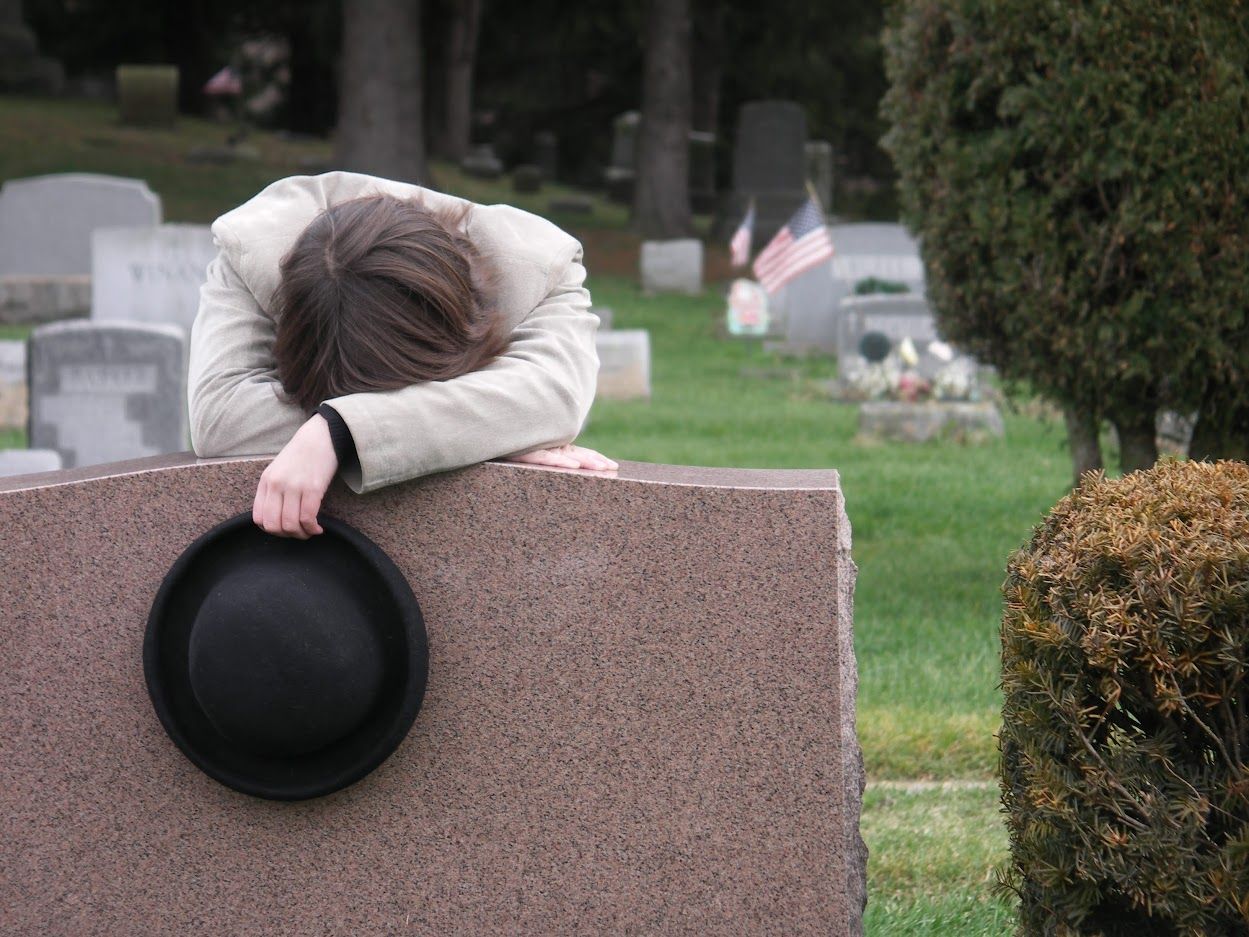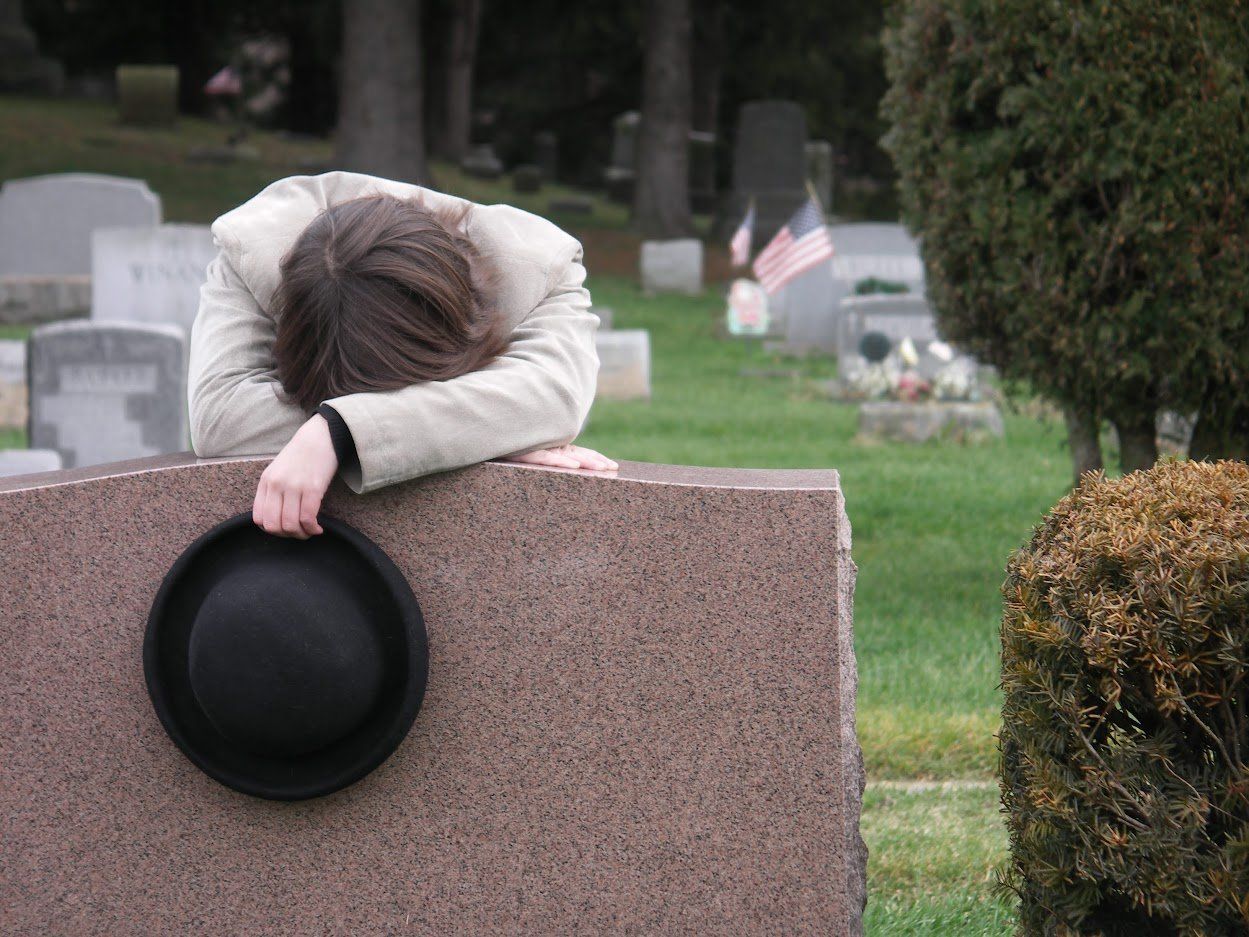Tips for Driving at Night Without Incidents and Accidents

Night driving is often more dangerous than daytime driving. Take the following precautions to reduce your risk of an accident while driving at night.
Increase Your Following Distance
Visibility is not as good at night as it is during the day. Increase your stopping distance so that you can spot and deal with road dangers in time.
Ensure you can brake within the distance your headlights illuminate. For example, if your headlights illuminate 200 feet in front, ensure you can stop within that distance. That way, you can stop if something like an animal darts into the edge of the illuminated section of the road.
Reduce Your Speed
Reduced speed can increase your reaction time in case of danger. For example, you should be able to control your car, swerve, or stop if an animal steps into your path. Speed reduction also reduces the impact in case of an accident.
For example, hitting a pothole at high speed is more dangerous than hitting the same pothole at a lower speed.
Ensure Others Can See You
Other road users, such as cyclists, pedestrians, and truck drivers, should see you so that they can avoid crushing with you. A few tips to ensure others can see you include:
- Ensuring the taillights are clean and operational
- Ensuring the brake lights are clean and operational
- Ensuring the headlights angle correctly and don't blind other road users
Don't just ensure the lights are operational - use them.
Ensure You Can See Others
You should also see the road, other road users, roadside objects, and even animals. Thus, you should:
- Have clean and operational headlights
- Ensure the windshield is clean and sound
- Ensure the windshield wipers are functional
- Dim your interior lights to avoid glare (you won't see the outside clearly if the interior lights are too bright)
- Use the right prescription glasses if you need them
Remember to turn on your headlights early enough - don't wait until outside is pitch black.
Don't Drive When Tired
Driving while exhausted and drowsy is dangerous - almost as dangerous as driving while intoxicated. The danger is real since exhaustion:
- Slows your reaction time
- Reduces your attentiveness
- Impairs your judgment ability
Watch out for signs of drowsiness once you are on the road. Typical signs include:
Yawning
Nodding
Having droopy eyes
Act appropriately to reduce the danger if you suspect you are exhausted. Discover a few tips that can help:
- Stop and rest.
- Take some caffeine to help you stay alert.
- Turn on the radio (but not so loud that it can distract you).
- Roll down the windows from time to time (the fresh air can help you stay alert).
Your response should depend on your level of exhaustion. For example, you should stop and rest if you find yourself nodding off.
Practice Defensive Driving
Defensive driving is useful at any time of the day. However, the practice becomes even more useful at night. Night driving risks include intoxicated motorists, wildlife, and exhausted motorists. You may avoid the dangers if you can:
- Scan the road ahead
- Allow good clearance when overtaking
- Watch out for dangerous drivers, such as those driving erratically
In short, watch out for accident risks so that you can avoid them in time.
Watch Out for Animals
Lastly, watch out for animals since many come out at night. The season and driving area determine your risk of collision with wildlife. For example, deer are common between the months from October to January.
Contact the Law Office of Paul R. Bennett if you do get involved in an auto accident at night. Let us use our 15 years of experience to get you the compensation you deserve.
Browse Our Website
Contact Information
- Mon - Fri
- -
- Sat - Sun
- Appointment Only











